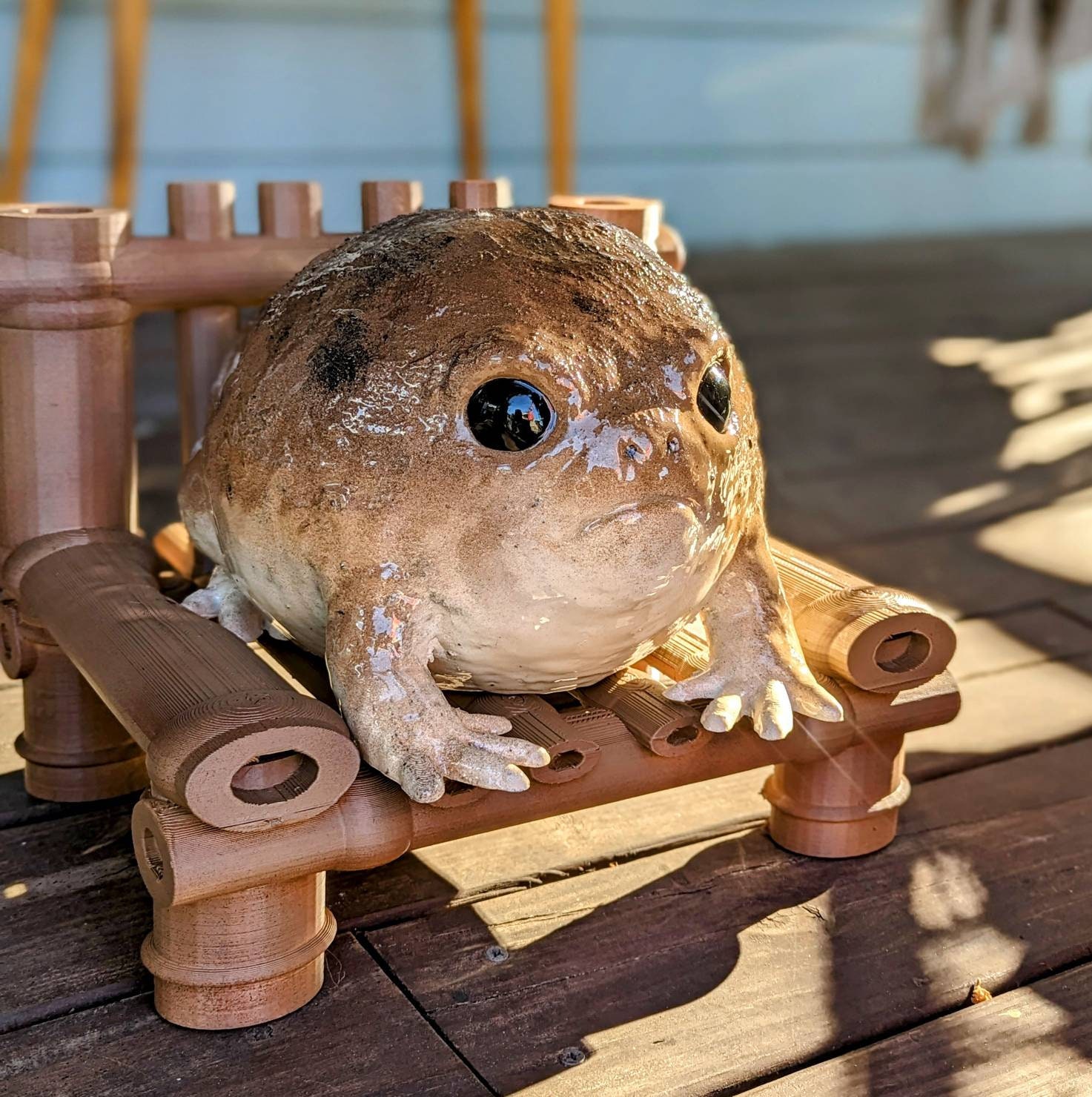The Most Effective Reptile Enclosures: How to Create the Ideal Habitat
Creating the ideal habitat for reptiles is not almost putting them in a storage tank or room; it includes a thoughtful consideration of different aspects that contribute to their general wellness. From the size of the enclosure to the sort of substrate used, every element plays a vital duty in providing an atmosphere where your reptile can flourish. By recognizing the particular requirements of your reptile varieties and applying the right environment arrangement, you can ensure their wellness and joy in captivity.
Choosing the Right Unit Size
When picking an unit size for reptiles, it is necessary to consider their all-natural actions and room demands to guarantee their wellness and health. When it comes to habitat room, various reptile species have varying needs. Arboreal varieties like chameleons or tree serpents require upright area for climbing and setting down, while earthbound species such as bearded dragons or leopard geckos require even more floor room for checking out and thermoregulation. Aquatic turtles like red-eared sliders demand units with both water and acreage for swimming and basking.
A basic guideline of thumb is to give enough room for the reptile to display all-natural actions, such as basking, concealing, climbing up, and foraging. By carefully thinking about the certain demands of the reptile varieties in inquiry, proprietors can develop a suitable and enriching habitat that promotes overall wellness and urges all-natural habits.
Establishing Correct Home Heating Components
To ensure the well-being and health of reptiles in their enclosures, it is important to thoroughly establish appropriate heating aspects. Reptiles are ectothermic creatures, implying they count on external heat resources to manage their body temperature level. When establishing heating aspects in a reptile enclosure, it is essential to consider the specific temperature level demands of the types you are taking care of. Different reptiles have varying temperature level needs based on their all-natural environment, so it is necessary to research and recognize these requirements.
One typical and effective burner for reptile units is a warm light or ceramic warm emitter. These heat resources can be used to create a temperature level slope within the unit, enabling reptiles to relocate between warmer and cooler areas as required. Additionally, under-tank hot pad or heat floor coverings can be made use of to offer belly warm, which is especially beneficial for reptiles that need extra warmth to help in digestion.
Keeping an eye on the temperature within the enclosure making use of a thermometer is necessary to make sure that the burner are maintaining the proper temperature level array for your reptile. Frequently inspect and readjust the burner as needed to create a comfortable and healthy setting for your flaky friend.
Selecting Appropriate Lighting Fixtures

Giving the Perfect Substrate
Picking the ideal substratum is necessary for producing a comfy and appropriate setting for reptiles in their rooms. Some reptiles, such as desert-dwelling types like bearded dragons, flourish on substrates like calcium sand or reptile carpeting, while others, like round pythons, favor coconut husk or aspen bed linen to preserve humidity levels.
In addition, the dimension of the reptile need to also affect your choice of substrate, as hatchlings might require read this article a finer material to avoid ingestion. Stay clear of substratums that can cause impaction, such as loosened substrates like sand or crushed rock, specifically for reptiles understood to ingest their bed linens. On a regular basis cleaning and changing the substrate is vital to make certain a clean and sanitary atmosphere for your reptile. By selecting the excellent substrate, you can add to the general wellness and wellness of your flaky buddy.
Decorating for Enrichment and Comfort
Thinking about the substrate's role in providing a structure for all-natural habits and maintaining a suitable setting, boosting the reptile room with appropriate decorations is crucial for both enrichment and convenience. When embellishing look here the enclosure, it is essential to take into consideration the reptile's species-specific demands and habits to create a room that promotes physical and mental wellness. By incorporating a selection of designs that imitate the reptile's all-natural environment, owners can guarantee their animal's convenience and promote their natural reactions, eventually leading to a better and healthier reptile.
Conclusion

Producing the excellent habitat for reptiles is not just concerning placing them in a container or enclosure; it includes a thoughtful factor to consider of different aspects that add to their total wellness.Selecting the suitable substrate is crucial for creating a suitable and comfortable atmosphere for reptiles in their rooms. Some reptiles, such as go to this site desert-dwelling types like bearded dragons, prosper on substrates like calcium sand or reptile carpet, while others, like round pythons, like coconut husk or aspen bed linens to preserve humidity degrees.
By integrating a variety of designs that imitate the reptile's all-natural environment, owners can ensure their pet dog's convenience and promote their all-natural instincts, inevitably leading to a better and much healthier reptile.
In conclusion, producing the ideal environment for reptiles involves selecting the proper unit size, heating aspects, lighting fixtures, substratum, and decors.